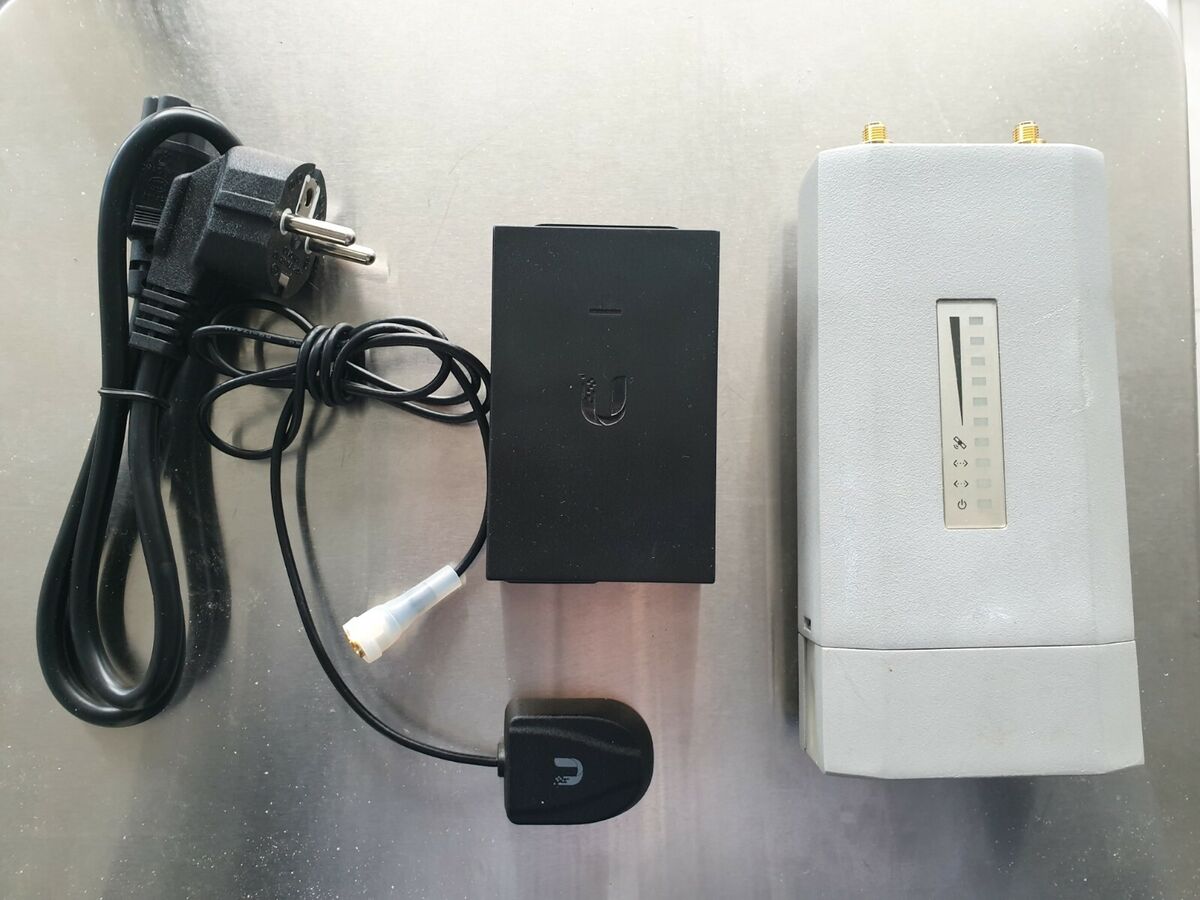
Navigating RF Interference in the 5.8GHz Band for WISPs: The Critical Role of OOB Management
Wireless Internet Service Providers (WISPs) operating in the 5.8 GHz band frequently encounter challenges with radio frequency (RF) interference. This interference can degrade network performance, reduce throughput, and in severe cases, disrupt connectivity. Given the crowded nature of the 5.8 GHz band, it's essential for WISPs to implement strategies that not only mitigate interference but also ensure reliable network management. One effective approach is the use of Out-Of-Band (OOB) management, particularly through LTE connections, to maintain access to high sites even when primary links are unusable.




